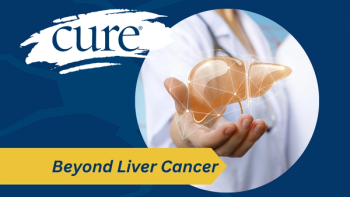
FDA Approves Iwilfin for High-Risk Neuroblastoma in Adults and Children
The Food and Drug Administration approved Iwilfin for high-risk neuroblastoma in adult and pediatric patients who previously had at least a partial response to a multiagent, modality therapy.
The Food and Drug Administration (FDA) approved Iwilfin (eflornithine) to treat adult and pediatric patients with high-risk neuroblastoma who have shown at least a partial response to a previous multiagent modality therapy, which includes anti-GD2 immunotherapy.
The FDA reported that this drug is the first approval of a therapy used to reduce the risk of relapse in children with high-risk neuroblastoma.
The approval of Iwilfin was based on findings from two studies (Study 3b and Study ANBL0032) that demonstrated the efficacy of the drug.
Study 3b involved two cohorts, in which a total of 105 eligible patients with high-risk neuroblastoma in one cohort received Iwilfin orally twice a day until they showed signs of cancer progression, unacceptable toxicity or for a maximum of two years.
There were 1,241 patients in Study ANBL0032, which compared treatments of dinutuximab, granulocyte-macrophage colony-stimulating factor, interleukin-2 and cis-retinoic acid, with cis-retinoic acid alone, specifically in pediatric patients with high-risk neuroblastoma.
Eligible patients from both studies were matched using propensity scores (probability of a patient receiving specific treatment considering information including age, sex and reason for treatment). This analysis included 90 patients treated with Iwilfin and 270 patients in the control group from Study ANBL0032.
Notable findings included event-free survival (time after treatment when cancer does not come back or worsen; disease progression). Other notable findings included overall survival (length of time from diagnosis or start of treatment when a patient is still alive).
Regarding common side effects, patients in Study 3b had otitis media (infection and inflammation in the middle of the ear), diarrhea, cough, sinusitis, pneumonia, upper respiratory tract infections, conjunctivitis (pink eye), vomiting, fever, allergic rhinitis (allergic inflammation within the nose) and decreased neutrophils (white blood cells).
Other common side effects included increased alanine transaminase (enzyme mostly found in the liver), increased aspartate aminotransferase (enzyme mostly found in the liver), hearing loss, skin infection and urinary tract infection.
For more news on cancer updates, research and education, don’t forget to





